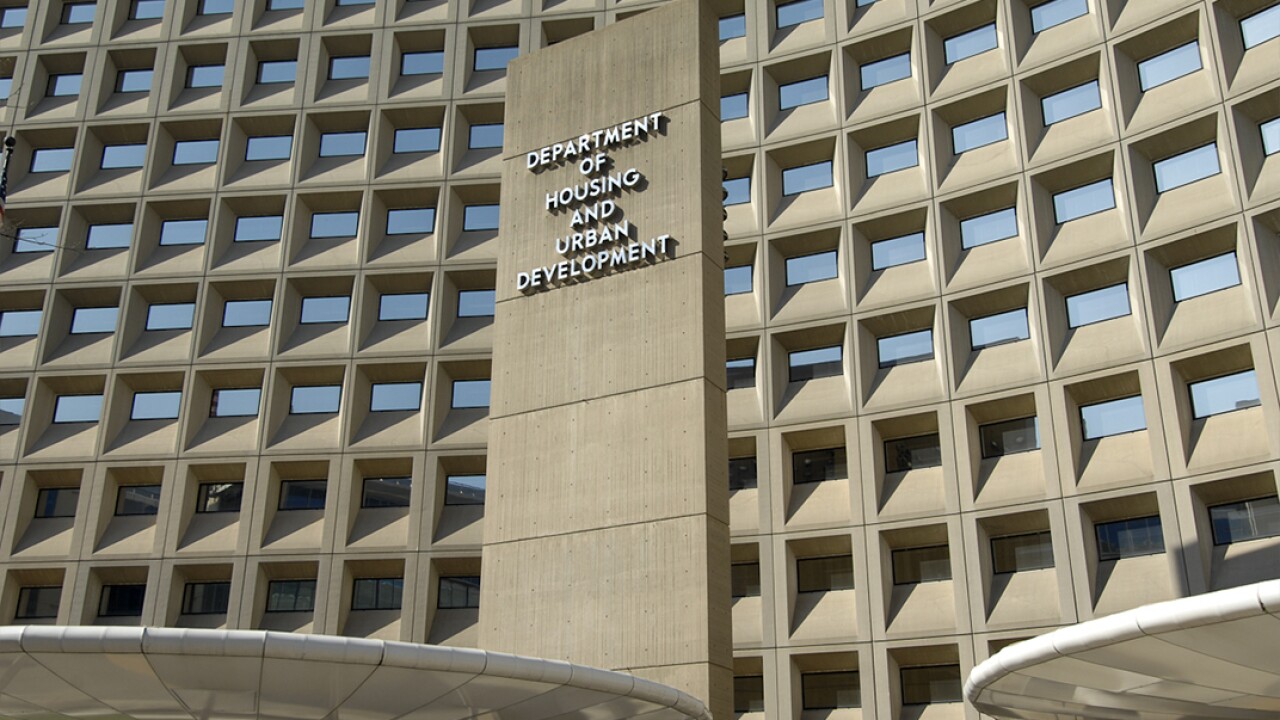WASHINGTON — Senate negotiators are breaking from an emerging consensus on housing finance reform, working on a bill that would place Fannie Mae and Freddie Mac into receivership, repeal their charters and replace them with multiple mortgage guarantors.
As recently as Thursday afternoon, it appeared policymakers were lining up behind a plan put forward by the Federal Housing Finance Agency that would reconstitute Fannie and Freddie, effectively turning them into utilities with access to an explicit government guarantee against catastrophic loss.
But according to sources familiar with the negotiation, the most recent thinking on the Senate bill would deviate substantially from the FHFA’s outline. It would replace the government-sponsored enterprises with upward of 10 private-market guarantors and eliminate affordable housing goals in favor of an incentive system designed to encourage lending to low- and middle-income borrowers.
Overall, the outline being discussed appears to be a move further to the right, likely an effort to encourage more conservative support among Republicans leery of the GSEs. It also likely puts it more in line with what House Financial Services Committee Chairman Jeb Hensarling is planning. But it runs the risk of alienating moderate Democrats who must sign off on any final package to clear the Senate.

To be sure, sources caution the Senate bill is still in flux and subject to ongoing negotiations. But here’s what we know of the latest version — and how it differs from the FHFA’s plan.
New private-market mortgage guarantors
Under the current Senate version, new mortgage guarantors would be created after Fannie and Freddie are placed into receivership. While the FHFA’s plan calls for a limited number of guarantors — FHFA Director Mel Watt warns that too many could weaken underwriting standards — the Senate plan sets no such restriction.
Moreover, the FHFA envisions a reconstituted Fannie and Freddie as utilities with a rate of return set by a regulator. The guarantors would be required to operate with a national footprint.
But the Senate version is geared to appeal to conservatives with a free-enterprise bent. It would not set a rate of return and firms would be allowed to pick the markets they operate in, potentially resulting in some markets not being served.
Government backstop
Both the Senate and FHFA plans would create a government backstop, essentially a mortgage insurance fund that backs mortgage-backed securities in case of catastrophic losses in the market.
The system is similar to the Federal Deposit Insurance Corp.’s backstop for insured deposits. Mortgage guarantors would pay fees to the federal government, which would be used to pay out any losses.
Affordable housing provisions
The FHFA plan includes affordable housing provisions similar to what Fannie and Freddie face now, namely duty-to-serve requirements and fees that go into an affordable housing fund.
But the Senate plan would instead center around a mortgage assistance fee to give guarantors an incentive to make loans in underserved areas. That fee would not impose, however, a strict requirement to serve those markets.
A similar provision was included in a 2014 proposal put forward by former Senate Banking Committee Chairman Tim Johnson, D-N.D., and current chairman Mike Crapo, R-Idaho.
What happens next is unclear. Crapo, along with Sens. Bob Corker, R-Tenn., and Mark Warner, D-Va., who helped lead discussions in 2013-14 and are heavily involved this time around, are hurrying to move forward on housing finance reform before the 2018 midterm elections make passing major legislation impossible.
Once the outline is public, it’s possible some Democrats may balk. In 2014, Democrats killed the Johnson-Crapo plan because it did not go far enough on affordable housing. It’s not clear this bill would win any of them over. With only 51 votes in the Senate, Republicans need at least nine Democratic votes to overcome a filibuster threat.





